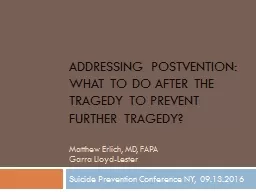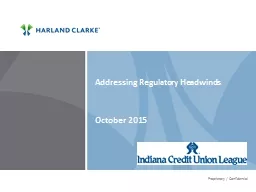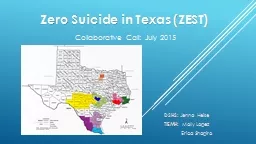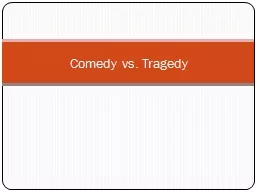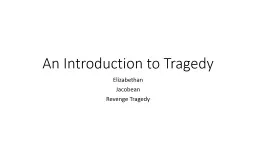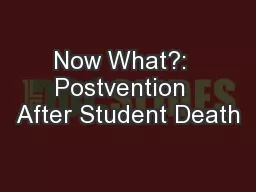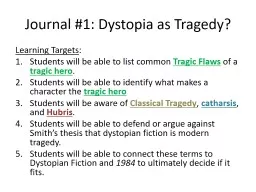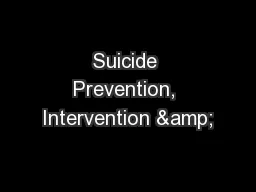PPT-ADDRESSING Postvention: what to do after the tragedy to prevent further tragedy?
Author : celsa-spraggs | Published Date : 2018-10-23
Matthew Erlich MD FAPA Garra LloydLester Suicide Prevention Conference NY 09132016 Disclosures and acknowledgments None of the authors of this paper has any potential
Presentation Embed Code
Download Presentation
Download Presentation The PPT/PDF document "ADDRESSING Postvention: what to do after..." is the property of its rightful owner. Permission is granted to download and print the materials on this website for personal, non-commercial use only, and to display it on your personal computer provided you do not modify the materials and that you retain all copyright notices contained in the materials. By downloading content from our website, you accept the terms of this agreement.
ADDRESSING Postvention: what to do after the tragedy to prevent further tragedy?: Transcript
Download Rules Of Document
"ADDRESSING Postvention: what to do after the tragedy to prevent further tragedy?"The content belongs to its owner. You may download and print it for personal use, without modification, and keep all copyright notices. By downloading, you agree to these terms.
Related Documents

